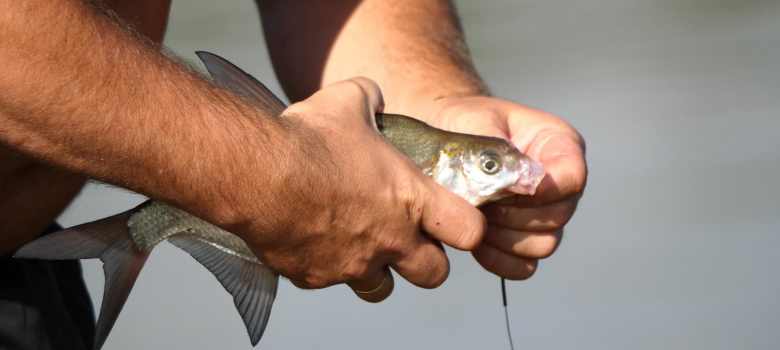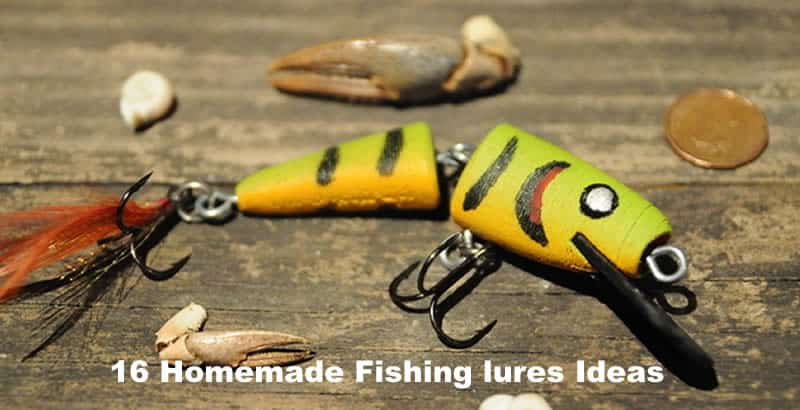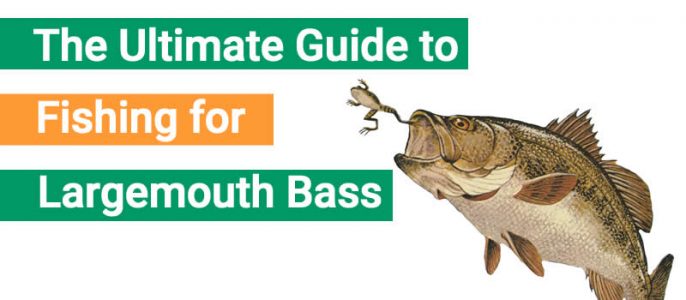If you buy via a link on this page, we may receive a commission, at no extra cost to you.Learn more
If there is one thing that’s really going to put a damper on your fishing trip, it’s going to be a hook getting stuck in your skin. This unfortunate turn of events is something that happens more often than you might think, so you should know how to handle this situation with calmness and poise.
How do you remove a fishing hook from your skin? There are three distinct methods of removing a fishing hook from your skin:
- Remove the barb–Cutting off the barb so it won’t tear your skin.
- Yank it–Using pliers to yank the hook out of your skin.
- Fishing Line—creating a loop with a fishing line to help remove the hook.

Knowing the three different ways to remove a fishing hook from the skin is really an essential part of fishing knowledge that every fisherman should know. You will be happy to know that two of these methods are completely pain-free, so you can remove the hook without writhing in pain. We’re going to discuss in detail how to remove hooks from the skin and how to stay safe.
Three Methods of Removing Hooks from the Skin
There are hundreds of ways to end up with a hook in your skin. Whether you’re trying to unhook a fish and suddenly find it through your finger, or you bump into your fishing partner at the wrong angle, you need to know how to successfully remove the hook without causing yourself additional pain.
These three methods of removing hooks from the skin are tried and true, and most importantly, easy to do. Keep in mind, though, that these methods should not be performed on deeply embedded hooks, as these may require medical attention to avoid further injury. Also, you should also never try to remove a hook around sensitive areas such as the eye.
Method 1: Removing the Barb
This method might sound a little painful right off the bat, but it works. In the long run, if you can handle a little pinch from the hook, you won’t have to worry about the barb snagging onto your skin and ripping it out. This method is not recommended for every situation. It is best for hooks that are stuck shallow.
To perform this method of removing the hook, do the following:
- Push the hook through the skin on the other side. This might hurt a little bit, but it should only be a quick pinch.
- Using side cutters, remove the barb which is essentially the sharpest endpoint on the hook. If the hook is too large to be cut using side cutters, then switch to a strong pair of pliers that are made for fishing.
- Pull the hook out from the direction in which it came. Make sure this is done after the hook/barb has been successfully removed. This will ensure that the barb doesn’t get snagged on the flesh, causing more pain during removal.
This is undeniably the fastest and easiest method of removing a shallow hook from the skin. Plus, it is quick and simple, and you won’t have any fear of the barb engaging and causing more damage upon removal.
Method 2: Yanking with Pliers
For the most part, you don’t want to grab the hook with your fingers and try to pry it out. First, this is going to cause the barb to engage and you’re likely to feel a lot of pain. Aside from that, trying to get a good grip with just your fingers is likely not going to work, and you’ll likely end up moving the hook around. As you can imagine, this will cause additional pain. Just thinking about it makes me wince.
If you want to remove the barb quickly without any ‘extras’ like hooking it through and removing the barb, you can try yanking the hook out with a pair of pliers. However, there is a specific way to do to reduce the amount of pain:
- Before removing the hook, make sure that you have the hook and the barb lined up with the point of entry.
- Make sure that you have a good grip on the hook.
- When you are ready, take a deep breath and give the hook a strong pull.
With this method, you are going to feel some pain as the barb slides through your arm in the opposite direction. However, as long as the hook is lined up properly, it shouldn’t be too intense. While you are pulling and sliding it out, just think about the relief you’ll feel when you’re done.
Method 3: Fishing Line Method
This is a rather new way of removing hooks, and whoever came up with it should get the Genius-of-the-Year award. Why? Because this method works, and it is the best way to remove hooks from the skin without any pain. Warning: there are a few additional steps in this method than the others, but it’s well worth it:
- Using a heavy-duty line (braided or monofilament), create a loop. Make sure you’re not using a weak line that could break during the process.
- Guide it over the eye towards the middle of the bend of the hook.
- Push down on the eye so that it is touching the skin.
- Pull strongly and swiftly with the loop in an upwards motion. It is important that you never pull in line with the eye of the hook, as this will engage the barb and cause pain. Instead, pull upwards and away from it.
If done correctly, the fishing line method is the easiest and least painful way to remove hooks from the skin. This method works best when you have people around who can help you. However, if you are alone, then you can also wrap the line around a sturdy object to help yank the hook out.
What to do After Removing the Hook
After you have successfully removed the hook from your skin you are likely to feel a little bit of soreness. For this reason, you should always apply some ice to the area once the hook has been removed. This will not only reduce the amount of pain and soreness in the area but help reduce any swelling that may have occurred.
The other thing to worry about when removing a hook is an infection, which is completely possible, especially if the hook had been used already. To avoid infection, make sure you clean the area thoroughly and place some antibiotic ointment.
Remember that if the hook is deeply embedded in the skin or is around a sensitive area such as the eye, you must seek medical attention. Trying to remove a hook that is too deep can cause more damage to the skin as well as tissue and nerves. On the other hand, trying to remove a hook in sensitive areas can have a severe negative impact and should only be done by a professional.
Conclusion
Getting a hook caught in your skin is never fun, but luckily there are three tried and true ways to remove hooks with minimal effort. Removing the barb is the easiest way to go, although you will have to initially poke yourself with the hook. Yanking with pliers is the most painful, but it gets the job done. Lastly, the new and improved fishing line method removes the hook quickly, easily, and with little to no pain.




